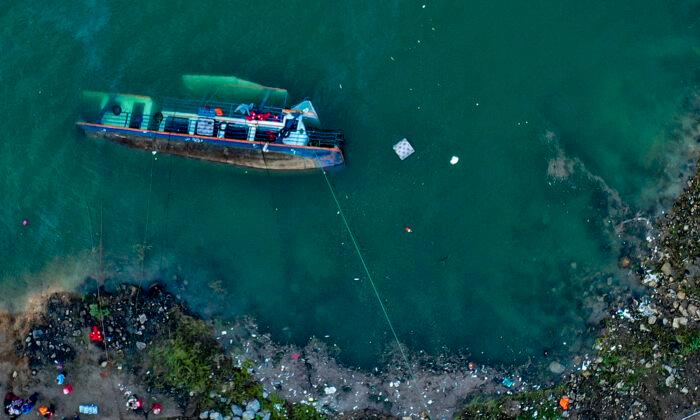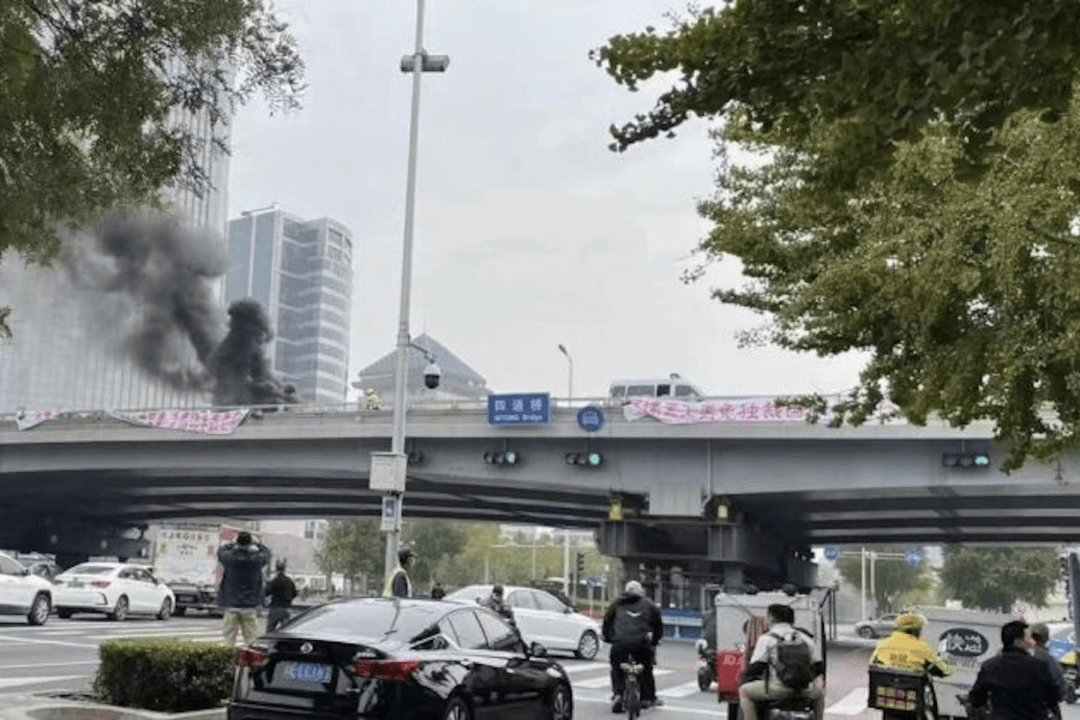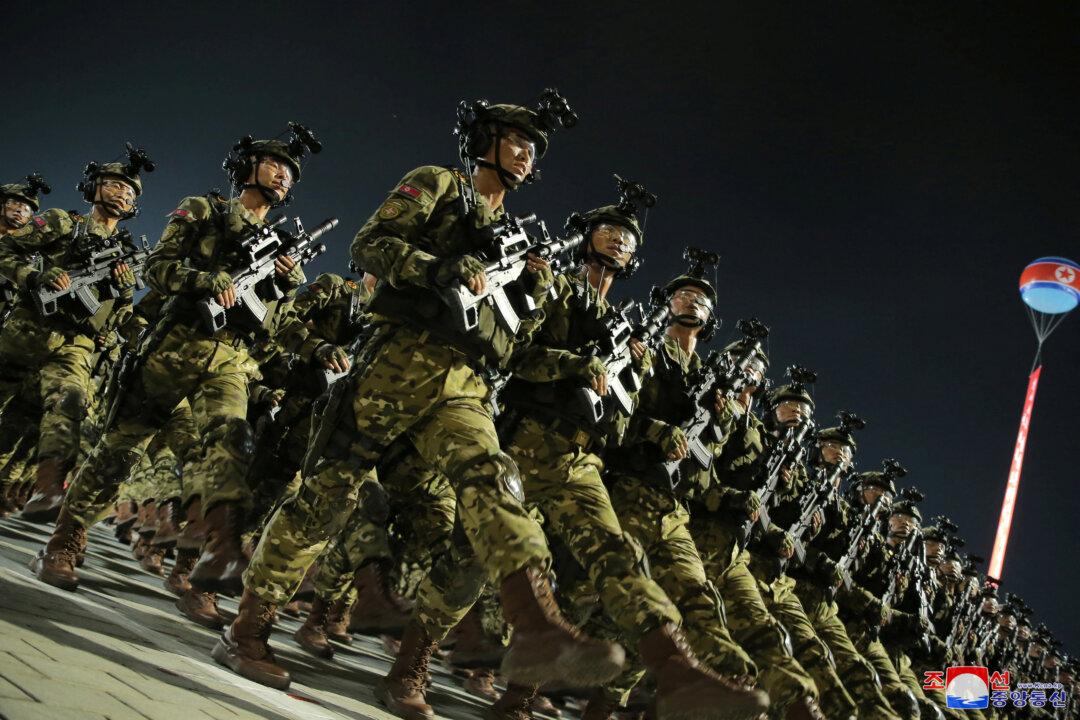Ten people died and dozens were injured after four tourist boats capsized on May 4 during a sudden storm in southwest China, according to Chinese state media.
The incident occurred in the Wujiang River Scenic Area of Bijie City, Guizhou Province—a popular tourist destination often referred to as the “Hundred-Mile Gallery,” known for its scenic beauty and water activities.
A total of 84 people fell into the river. According to authorities, 70 were taken to the hospital, four escaped uninjured, and 10 were confirmed dead.
A local resident who rushed to the scene later that evening told the Chinese edition of The Epoch Times that five of his friends—all students aged 16 to 17—were on board the boats. Two of them died while the other three were hospitalized with non-critical injuries, the resident said.
The resident, who requested anonymity because of the authorities’ routine practice of punishing those who disclose details following major accidents, said that eyewitnesses believe the actual death toll may be higher than the official figure.
Due to the Chinese authorities’ record of underreporting major incidents and covering up information, it is difficult to assess the scale of the accident, as the police may harass anyone who speaks to overseas media.
At around 4:40 p.m. on Sunday, the boats encountered strong winds and waves approximately 10 minutes after departure. Tourists said the weather had been sunny until shortly beforehand, leaving many unprepared for the sudden change. Three hours earlier, the Bijie Meteorological Office had issued a yellow alert for severe convective weather, warning of thunderstorms, strong winds, and hail across multiple areas within 24 hours. Reports from state media implied that the boat company reportedly did not respond to the warning.
He later learned that emergency services, including fire, police, and medical teams, had been dispatched to the scene, which was cordoned off from the public.
The following morning, he received eight or nine phone calls from local authorities. “They wanted to confirm certain details,” he said, “but their main goal was to warn us not to post about the incident on social media. We were told that only official information should be shared online.”
The tourists were among tens of thousands traveling during China’s five-day Labor Day holiday, which began on May 1.
According to state media, some of the boats had two decks—the lower for seating and the upper for sightseeing. While life jackets were mandatory on the upper deck, most passengers on the lower deck were not wearing them. This left them at the mercy of inconsistent safety conditions and contributed to different outcomes during the capsizing.
The boat incident was one of several serious accidents reported across China during the holiday period.
On the evening of May 4, a car crashed into a bus stop in Shandong Province. According to Chinese netizens, seven people were killed and two were injured, although authorities have not publicly confirmed the casualties.
On May 4, a car in Dazhou, Sichuan province, crashed through a bridge guardrail on a curve and plunged into the river, killing the driver; the passenger was rescued.
On May 2, a multi-vehicle collision occurred in a tunnel on the Ningguang Expressway in Fujian Province, southeastern China. At least four cars were involved. One SUV overturned, and another vehicle had severe front-end damage. Local authorities declined to release details, including information on injuries.
Later that day, also in Fujian, a traffic accident in the provincial capital of Fuzhou left two people dead and several others injured.







